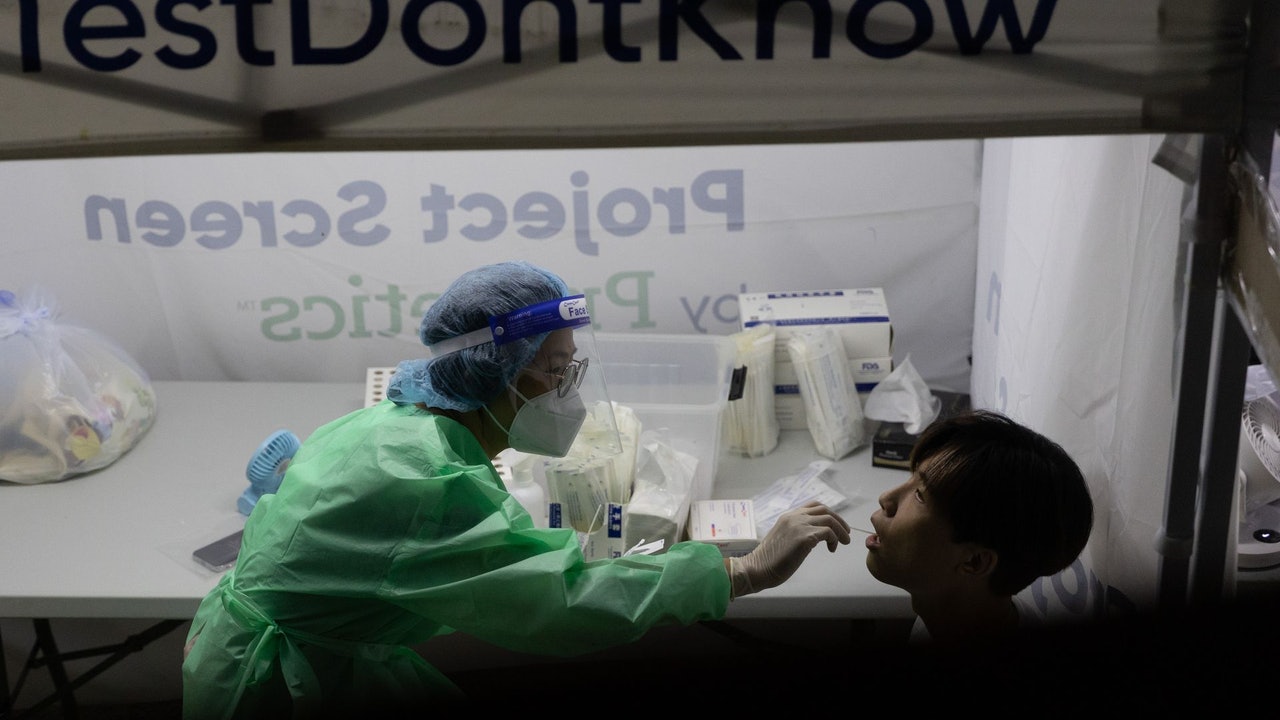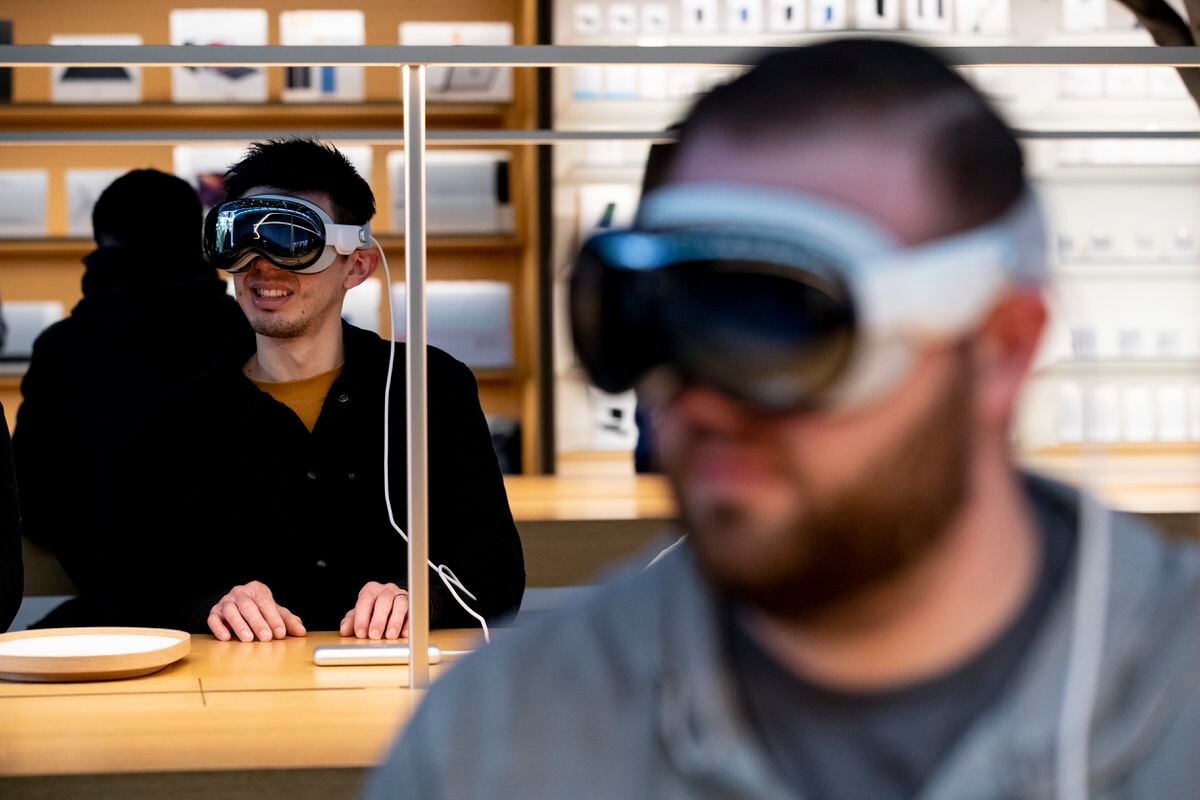The COVID-19 epidemic has ravaged Hong Kong since the beginning of 2020. So far, the number of confirmed cases in Hong Kong has exceeded 1.2 million, and the death toll has exceeded 9,000.
Benefiting from various social anti-epidemic measures, testing, isolation and medical facilities are gradually catching up with actual demand, high vaccination rate, application of targeted therapeutic drugs, natural immunity is becoming more common after infection among citizens, and after the infection of the mainstream virus variant Omicorn The symptoms are relatively mild, and the local severe disease rate and case fatality rate are gradually decreasing.
Therefore, the focus of more citizens has shifted from fighting the epidemic to the sequelae of the new crown disease, "long-term symptoms of the new crown" or "long-term new crown."
Written by: Dr. Chen Weiqiang, Founding Chairman of the Greater Bay Area Medical Association
What is "long corona"
According to the clinical definition published by the World Health Organization in October 2021, "prolonged symptoms of Covid-19" or "prolonged Covid-19" usually appear in individuals who have been diagnosed with or may be infected with 2019-nCoV; usually within 3 months of infection and persist for at least 3 months 2 months; and unexplained by other diagnoses.
The World Health Organization estimates that about 10-20% of patients infected with the new coronavirus still have persistent symptoms for weeks to months after infection.
Symptoms of COVID-19 include: difficulty breathing, chest pain or shortness of breath, tiredness, poor memory and concentration (brain fog), loss of taste and smell, joint or muscle pain, decreased hearing and vision, heart, lungs, kidneys and Gut damage, mental health problems including depression, anxiety and more.
Recently, scientific research has found that patients with "long-term new crown" may experience a reduction in brain size after contracting the new crown disease; studies have also found that patients with "long-term new crown" symptoms have lung lesions; the research team of the University of Hong Kong published a research report in an international journal not long ago , that infection of the new crown disease is associated with decreased bone density.
The density of trabecular bone (white arrow) in the femur of hamsters infected with 2019-nCoV (right) was lower than that of uninfected controls (left).
Since the emergence of the new coronavirus disease has only existed for more than two years, most of the research on the "long new crown" is also in a relatively early stage. Questions such as whether the symptoms will completely disappear, whether the patient will fully recover, and whether the sequelae will become permanent, etc., so far So far, the medical community has not yet had a clear answer.
However, the number of "long-term new crown" patients continues to increase as the number of recovered patients from the new crown disease continues to accumulate, and the various social problems brought about will only become more and more obvious.
The impact of the "long new crown" on the medical system
There is no doubt that the "long Covid-19" will increase the burden on the already overloaded local medical system.
The new coronavirus can damage organs such as the heart, lungs, kidneys, and intestines and cause various diseases; coupled with related symptoms, such as heartache, shortness of breath, difficulty breathing, etc., the society often needs to invest a lot of various medical resources, including hospital beds, Healthcare professionals, paramedics, medical devices, medications, outpatient facilities, and more.
The treatment of "long-term new crown" is a new global medical challenge. Traditional medical methods may not be effective to cure all patients, and new treatment methods inevitably require more resources, time and manpower, becoming a major short-term medical burden.
Some patients may eventually become long-term patients, such as chronic respiratory disease patients who need to rely on ventilators for a long time, or require long-term rehabilitation treatment for several months, further increasing the long-term burden on the intensive medical system.
The impact of the "long new crown" on social employment and economy
Compared with other chronic diseases, which are dominated by the elderly, patients with "long-term new crown" are more evenly distributed in the old, middle, young and young age groups.
Many patients were full-time workers before contracting COVID-19, including members of the disciplined forces, employed persons, housewives, volunteer workers, etc.
Common symptoms of "COVID-19", such as difficulty breathing, fatigue, brain fog, joint or muscle pain, hearing and vision disturbances, prevent many patients from performing their previous duties and returning to work.
Taking the symptom of fatigue as an example, the author once diagnosed and treated a patient with "long-term new crown". Due to severe fatigue, he was mentally and physically unable to undertake the work of the building watchman where he had worked for many years. He had no choice but to become unemployed. Economic hardship occurs.
In some special industries, such as medical care, the judiciary, and the disciplined forces, when a large number of "COVID-19" patients are staffed and there is a shortage of manpower, managers may not be able to effectively deploy manpower internally or externally to maintain normal services.
Considering the importance of these industries to society, it will be a social disaster if services are suspended due to the "long new crown".
From a macro perspective, when the economy is dragged down by the "long-term new crown" due to labor, productivity, innovation, and competitiveness, the society needs to allocate a lot of resources to cope with the "long-term new crown". Unemployment benefits, household financial assistance, business support and other contingency measures.
When Hong Kong's economy has not recovered from the two-year epidemic, this is undoubtedly worse.
While the medical community has become more and more aware of and mastered the "COVID-19" through research, all stakeholders in society should actively explore the various impacts of the "COVID-19" on society, and plan ahead.
Telemedicine helps fight the epidemic online diagnosis and provides appropriate treatment for home-isolated patients
The relationship between doctors and patients under telemedicine Can telemedicine break the imbalance between public and private medical care in Hong Kong?
Maintain "dynamic training" under the new crown epidemic to help the recovered patients fight against the long new crown symptoms






